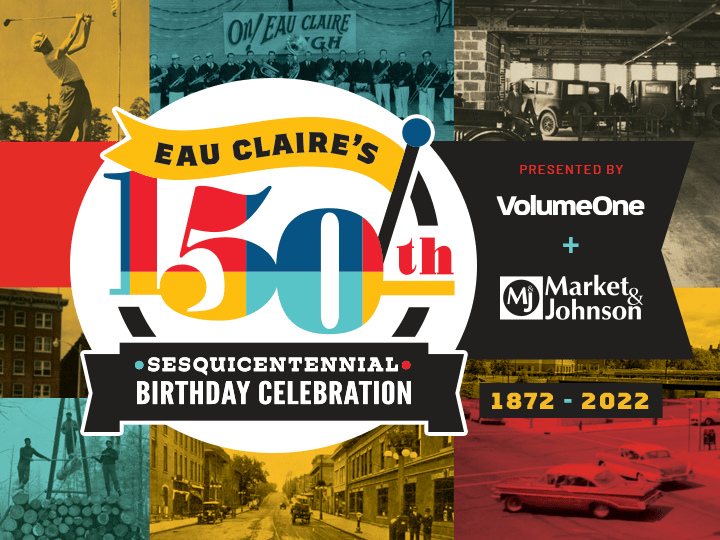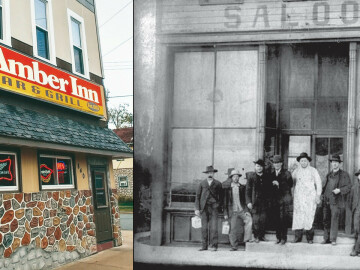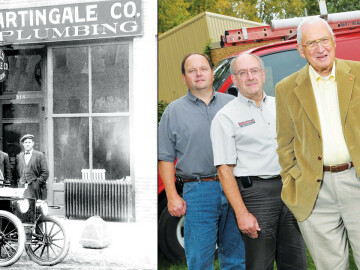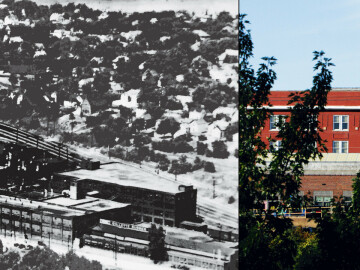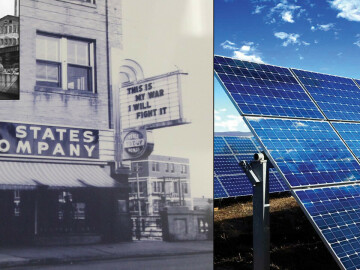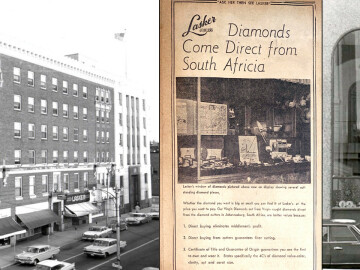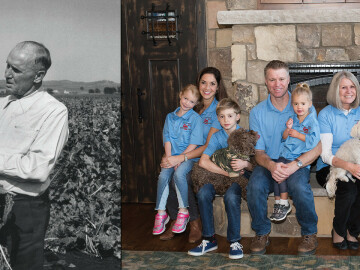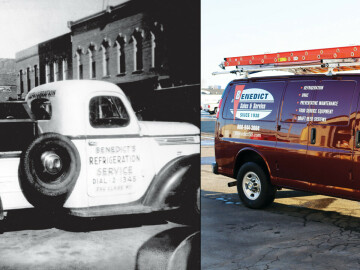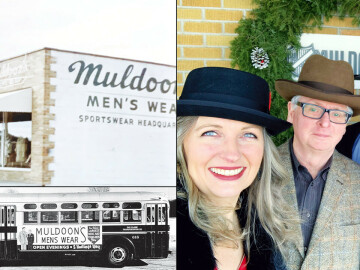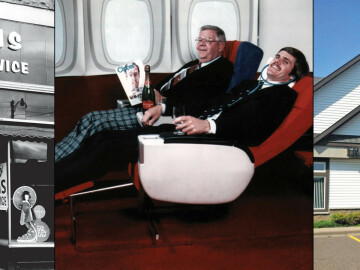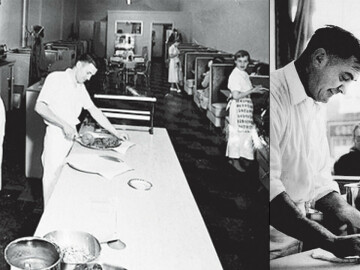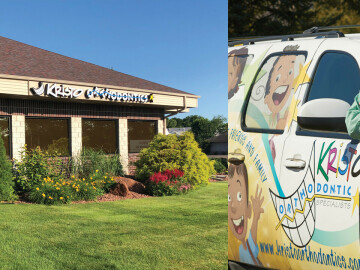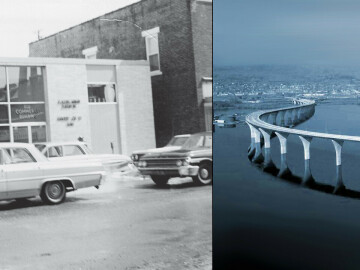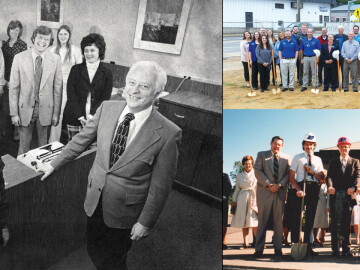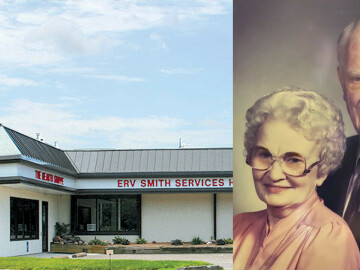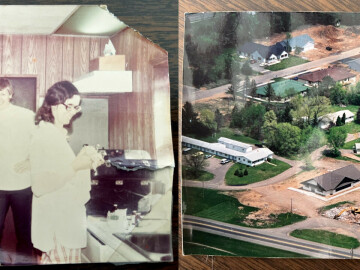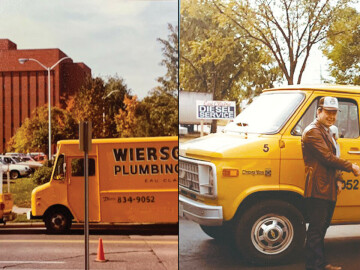Bound for Eau Claire
from Yankees to Norwegians to Hmong, immigration has shaped city

Over the centuries, Eau Claire has welcomed immigrants of many cultures, races, and national origins. Native Americans, including those from the Ojibwe and Dakota nations, lived in the region for centuries. Then came the arrival of French fur traders and the first English-speaking traveler, Jonathan Carver, in 1767. Fur traders LeDuc and Penasha setting up operations in the area in 1784, and French fur traders would continue to call Eau Claire home during the winter months through the first half of the 19th century, where the first mass immigration to Eau Claire began.
White settlers began to arrive in 1845, with about 100 calling Eau Claire home by the 1850s. These mainly “Yankee” newcomers from the Eastern U.S. were drawn by the abundance of white pine trees, giving rise to the timber industry. Starting in the 1860s a large number of Norwegian and German immigrants began to arrive. These immigrants helped power “Sawdust City,” working in Eau Claire’s numerous sawmills and factories.
In 1895, roughly one-third of the population of Eau Claire County was foreign-born, with 10% born in Germany and 14% in Scandinavia. Such residents included Herman Schlegelmilch, a German immigrant retailer and gunsmith, whose home still stands on Farwell Street, and Waldemar Ager, a Norwegian-born newspaper editor, novelist, and Prohibitionist whose Eau Claire home is also an historic site.
The early 1900s saw the collapse of the timber industry, eventually giving way to the Gillette (later U.S. Rubber and Uniroyal) tire plant as the city’s major employer.
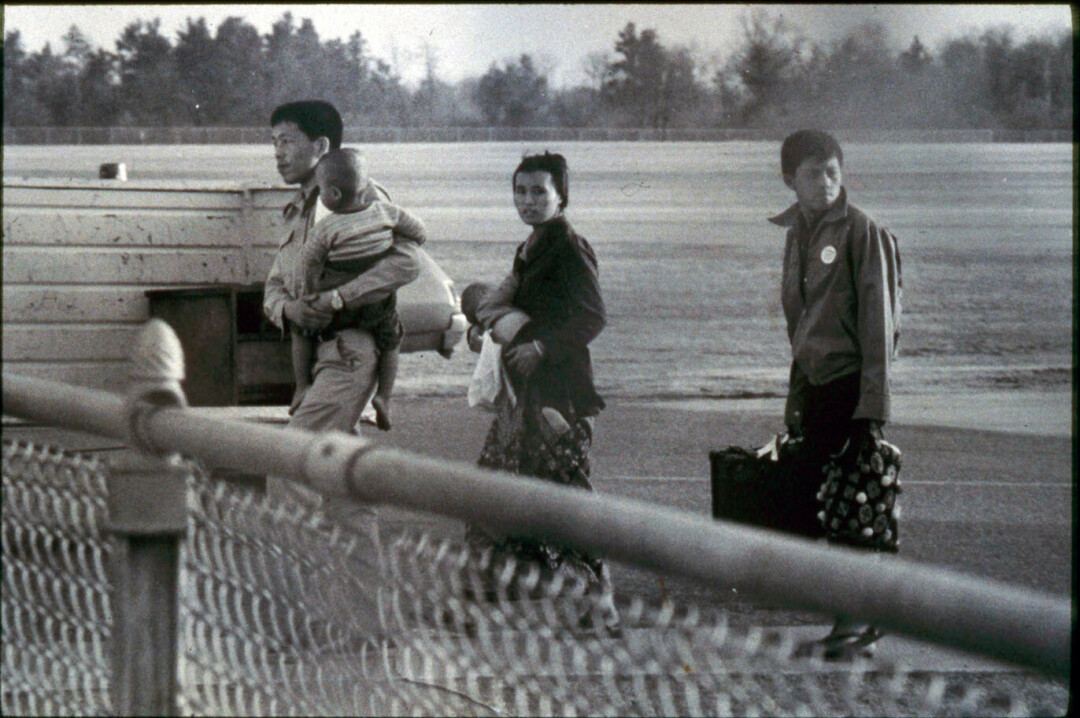
The next significant wave of immigration came after the Vietnam War when Hmong refugees, who had aided the U.S. during the conflict in Southeast Asia, began arriving in early 1975. At the time of resettlement, Eau Claire did not have a sizable minority ethnic population, but through both refugee resettlement and birth rates, the Hmong population grew rapidly. Today, more than 3,000 Hmong-Americans live in the City of Eau Claire alone, and they have became part of every aspect of life, from business to education to politics.
Through early Native American settlement, to newcomers from Norway, Germany, Laos, and beyond, Eau Claire has continued to become a melting pot of cultures and a place for pe-ople of many different backgrounds to come together and forge new lives.
Joe Bee Xiong 1961-2007
Born in Laos, Xiong became a soldier at age 12, helping rescue U.S. pilots shot down in the “Secret War” in Southeast Asia. He and his family fled to Thailand as refugees in 1978, then came to Eau Claire in 1980. He earned several college degrees, then was the first Hmong police officer in Wisconsin, became a social worker, and led the Eau Claire Area Hmong Mutual Assistance Association.
In 1996, he became the first Hmong American to be elected to public office in the United States when he was elected to the Eau Claire City Council. He served on the council for four years, and later ran for the Wisconsin State Assembly.

